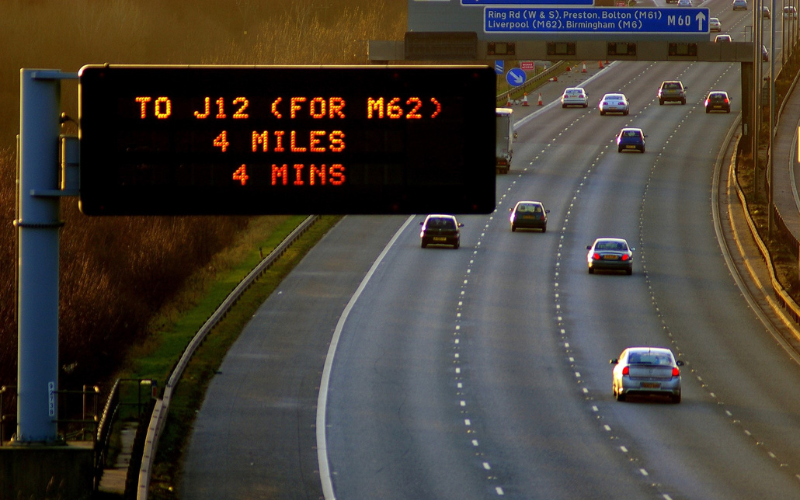The Highway Code Update: What Do I Need to Know?

With new rules and regulations added to the Highway Code back in January, we wanted to find out whether the nation had subsequently brushed up on its road knowledge.
However, our survey revealed the opposite, with more than 50% of drivers not being able to identify even one of the new Highway Code rules. That’s why we’ve pulled together five top tips for following the updated code, ensuring our readers are keeping the roads as safe as possible.
Continue reading, below, to find out how to become a better driver and improve your road knowledge in one fell swoop.
1. How often should I refresh my knowledge of the Highway Code?
While the January additions were the most recent, the Highway Code has been updated hundreds of times since its introduction in 1931.
Yet, our survey results revealed that a staggering 44% of drivers have never refreshed their knowledge of the Highway Code, last reading it before they passed their driving test. That’s almost half of UK drivers who are not familiar with the new rules and amendments that get added every year.
Our expert tip for this question is a simple one: read the Highway Code at least once a year. Alternatively, you can download the latest theory test apps on your phone, which will ask up-to-date questions that cover any new rules or changes.
2. Who has right of way at a junction?
The survey revealed that most drivers were aware of who has right of way at parallel crossings. However, there’s a bit more confusion when it comes to junctions.
More than two thirds of UK drivers did not know that traffic should give way when people are crossing or waiting to cross at a junction. This means that drivers should be extra cautious when turning or driving through junctions to ensure there are no pedestrians preparing to cross the road.
The trick to navigating junctions is to slow down upon approach, giving yourself plenty of time to identify any people crossing the road. Then it’s about double and triple checking your mirrors and blind spots, looking out for pedestrians, cyclists, and motorcyclists.
3. Can I use my mobile phone in the car?
After the number of public service campaigns over the last decade, most motorists know that you should never use your mobile phone when driving.
A new Highway Code rule takes this law a step further, with drivers prohibited from holding or using their handheld device even if the vehicle is not moving. However, more than half of the survey respondents failed to correctly identify this rule. Furthermore, 15% of drivers incorrectly believe motorists are allowed to check mobile notifications and alerts while driving.
To follow this new rule and resist the temptation to check your device while in traffic, set your phone to ‘Do Not Disturb’ mode. This silences notifications and stops any calls, messages or app updates from distracting you while driving.
4. How should I pass a horse or cyclist on the road?
The January Highway Code update also covered more specific road scenarios and how motorists should approach them in future.
Specifications about how drivers should pass a horse or cyclist on the road were chief among the changes. Yet, only 36% of drivers knew to treat cyclists like another motor vehicle and even less knew to pass horse riders at under 10mph, allowing for at least 2 meters distance.
We recommend that you take extra care and attention when sharing the road with either a horse rider or a cyclist, slowing your speed and checking your mirrors and blind spot at every turn. The same goes for keeping motorcyclists safe on the road, too!
5. What’s a ‘Dutch Reach’?
Yes, a ‘Dutch Reach’ sounds more like a yoga pose than a motor manoeuvre, but it is vital to keeping passing cyclists safe when you exit your vehicle.
Recently introduced to the Highway Code, the ‘Dutch Reach’ is a safer method of opening your car door, increasing your awareness of any passing cyclists or motorcyclists. According to our survey, however, this new rule was only recognised by 36% of motorists.
To perform a ‘Dutch Reach’, simply use the hand furthest from the door to open the handle. This action encourages the person to turn their body and head when exiting the car, allowing them to better spot any oncoming cyclists or motorcyclists and avoid a collision.
And there you have it: five tips to help you follow the latest Highway Code changes and become a better driver. If you think your motor also needs an update: